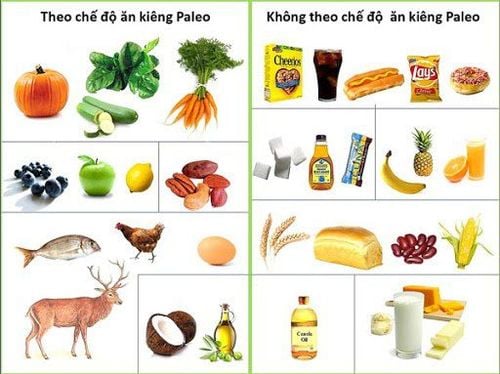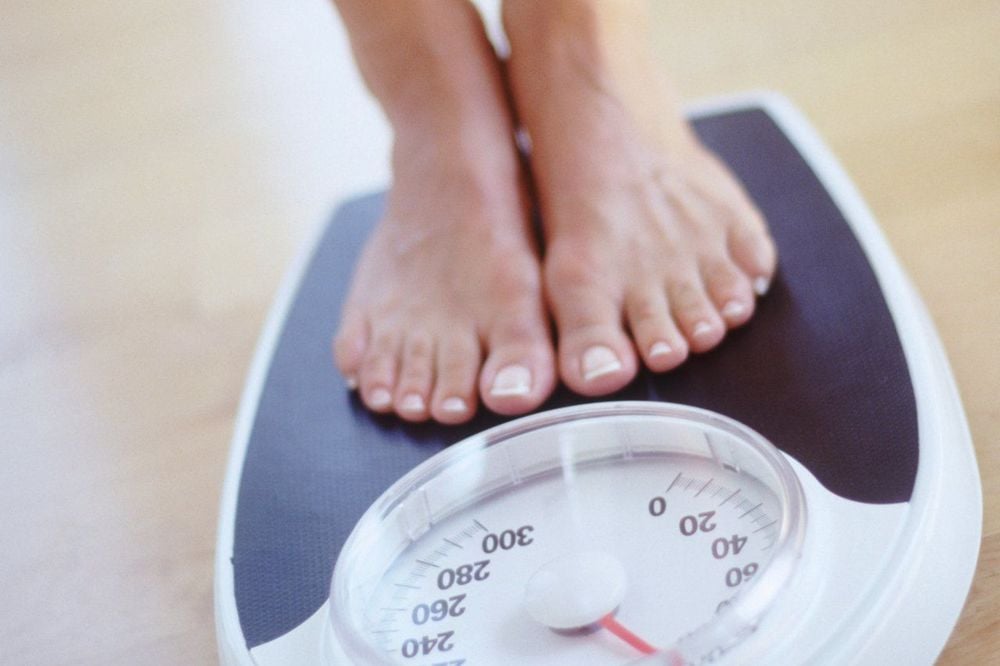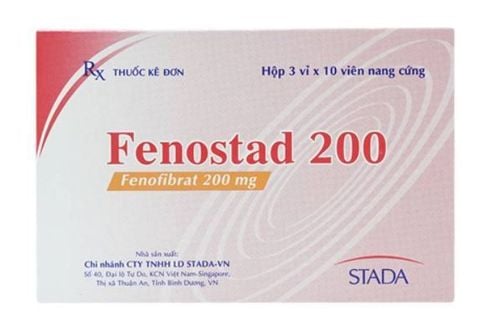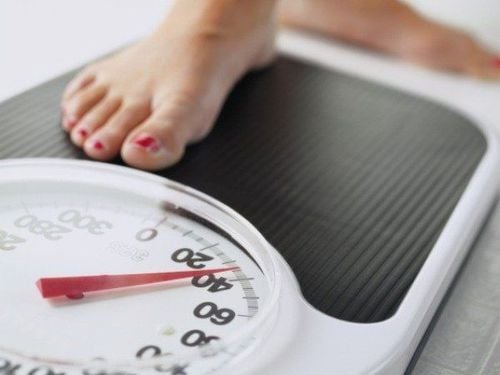This is an automatically translated article.
The Paleo diet is designed to resemble what our hunter-gatherer ancestors formed thousands of years ago. By following a whole food diet and staying physically active. In fact, some studies show that this diet can lead to significant weight loss and improved health.
1. Paleo Diet
The Paleo diet is built on an eating plan that uses foods similar to what might have been eaten in the Stone Age.
Classical diets often include foods: lean meats, fish, fruits, vegetables, nuts and seeds, foods that were previously obtainable by hand such as: hunting and gather. The food-restricted paleo diet became popular when agriculture appeared about 10,000 years ago. These foods can be dairy products, legumes, and grains.
2. The Purpose of the Paleo Diet
The purpose of the paleo diet is to adopt the same way of eating as what early humans used to eat. The reason for the diet is that the human body does not genetically match the modern diet that emerges in farming practices known as the discord hypothesis.
Agriculture has changed what people eat and use in the present time. Milk, grains and legumes as complementary staples in the human diet. According to the hypothesis that has been put forward by the researchers, this dietary change has outstripped the body's ability to adapt. This mismatch is thought by the researchers to be a contributing factor to the prevalence of obesity, diabetes and heart disease today. The purpose of using the paleo diet is to lose weight or maintain a healthy weight.
The Paleo diet, which will include the types of menus to eat:
Fruits, vegetables, nuts,... Lean meat, especially herbivorous or wild animals Lipids from fish, especially those rich in omega-3 fatty acids, such as salmon, mackerel and albacore tuna Vegetable oils extracted from fruits and nuts, such as olive oil or walnut oil

So sánh thực phẩm trong chế độ ăn kiêng Paleo
Foods to avoid:
Wheat, Oats and Barley Legumes, such as: lentils, peanuts and peas Dairy products Refined sugar Salt Potatoes Example, Paleo menu diet
Breakfast. Boiled salmon and cantaloupe. Lunch. Boiled lean pork loin and salad (carrots, cucumbers, tomatoes, walnuts and lemon sauce). Dinner. Steamed broccoli, roast beef tenderloin, salad (mixed vegetables, tomatoes, avocado, onion, almonds, and lime sauce), and strawberries for dessert. Snacks. An orange, carrot stick or celery stick. The diet in general and the Paleo diet in particular both emphasize drinking water and exercising every day.
3. Research results on the Paleo diet
Several randomized clinical trials have compared the Paleo diet with other diets, such as the Mediterranean Diet or the Diabetes Diet. Essentially the results of these trials suggest that the paleo diet may offer some benefit when compared to a diet that includes: fruits, vegetables, lean meats, whole grains, varieties. beans and low-fat dairy products. These benefits may include:
More weight loss Improved glucose tolerance Better blood pressure control Lower triglycerides Better appetite management

Chế độ ăn Paleo giúp người áp dụng có thể giảm cân nhiều hơn
However, longer trials with large groups of people are needed. Groups of people were randomly assigned to different diets to understand the benefits of this approach to overall health, as well as the possible risks of this diet.
It has been found that the most fundamental difference between the paleo diet and other healthy diets is the absence of whole grains and legumes. Although these foods are all considered good sources of fiber, vitamins and other nutrients.
These foods are not only considered healthy, but are also more affordable and accessible than foods like wild animals, herbivores and nuts. For some people, the paleo diet can be too difficult to follow.
4. Paleo diet hypothesis questions
Researchers have argued that the underlying hypothesis of the paleo diet could simplify the story of how people adapt to dietary changes. Changes in diet based on geography, climate and food availability, not only due to the transition to farming but will also shape evolving nutritional needs.
Archaeological research by archaeologists has proven that the early diet of man probably consisted of wild grains, before cultivation began. Genetic research has shown that remarkable evolutionary changes continued after the Paleolithic, including diet-related changes, such as an increase in the number of genes involved in breakdown of starches in the diet.
Paleo diet menu can help you lose weight or maintain weight. It may also have beneficial health effects. However, there are no long-term clinical studies on the potential benefits and risks of this diet.
In fact, each diet has its own advantages and disadvantages, in case you decide to follow the Paleo diet, there should be careful consideration and selection of food sources. If necessary, you can consult with doctors and nutritionists at Vinmec International General Hospital for advice on a diet suitable for your current condition.
Please dial HOTLINE for more information or register for an appointment HERE. Download MyVinmec app to make appointments faster and to manage your bookings easily.
Reference source: mayoclinic.org - healthline.com - webmd.com












